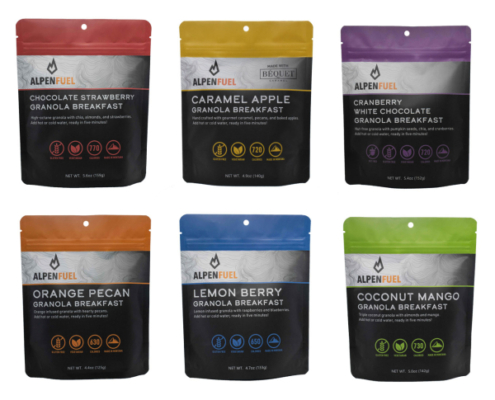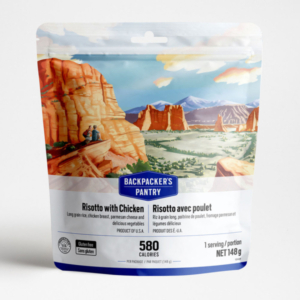Preparing for a camping trip involves more than just grabbing a tent and sleeping bag. To ensure a comfortable and enjoyable outdoor experience, it’s essential to pack the right gear. Whether you’re a seasoned camper or new to the great outdoors, this comprehensive checklist will help you gather all the essential equipment for your next adventure.
1. Shelter and Sleeping Gear:
- Tent: Choose a tent suitable for your group size and camping conditions.
- Ground tarp or footprint: Protect your tent floor from abrasion and moisture.
- Sleeping bag: Select a bag appropriate for the expected temperature range.
- Sleeping pad or air mattress: Provide insulation and cushioning for a comfortable night’s sleep.
- Pillow or stuff sack filled with clothes: Add extra comfort to your sleeping setup.
2. Cooking and Food Preparation:
*This obviously varies whether you are backpacking versus site camping
- Camp stove or portable grill: Choose a stove that suits your cooking needs and fuel preferences.
- Fuel: Pack enough fuel for the duration of your trip.
- Cookware: Include pots, pans, utensils, and a cutting board for meal preparation.
- Cooler: Keep perishable food and beverages cold with a reliable cooler.
- If backpacking, freeze dried meals like these are an excellent light weight option
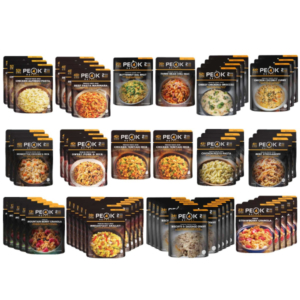
- Food: Plan and pack meals and snacks suitable for your camping itinerary.
- Water containers: Carry an ample supply of water for drinking, cooking, and cleaning.
- If backpacking, a filter such as a life straw or other filtration system is helpful to have
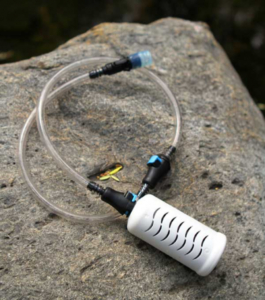
3. Clothing and Footwear:
- Moisture-wicking clothing: Pack layers suitable for the expected weather conditions.
- Insulating layers: Include fleece jackets, down vests, or wool sweaters for chilly evenings.
- Rain gear: Stay dry with a waterproof jacket, pants, and footwear.
- If backpacking, garbage bags double as rain gear, or these small light weight rain ponchos are great to throw in your pack.

- Sturdy hiking boots or shoes: Provide support and traction for outdoor exploration.
- Extra socks and underwear: Keep your feet and body dry and comfortable.
4. Navigation and Safety:
- Map and compass or GPS device: Navigate your way through the wilderness with confidence.
- First aid kit: Treat minor injuries and ailments with essential medical supplies.
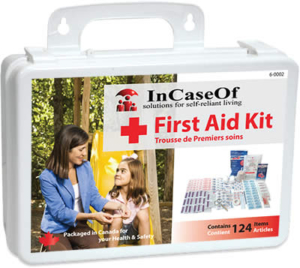
- Multi-tool or knife: Perform a variety of tasks, from food prep to gear repair.
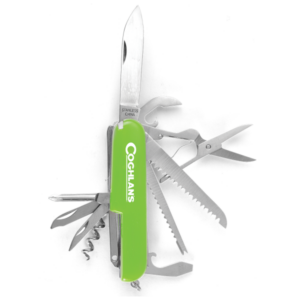
- Headlamp or flashlight: Illuminate your campsite and navigate in low-light conditions.
- Whistle: Signal for help in case of emergency.
- Fire-starting supplies: Bring matches, lighters, and fire starters to build and maintain campfires safely.
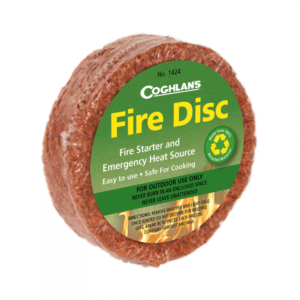
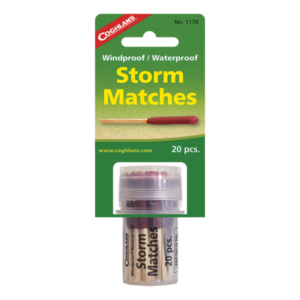
5. Personal Items:
- Sun protection: Pack sunscreen, sunglasses, and a wide-brimmed hat to shield yourself from UV rays.
- Insect repellent: Ward off mosquitoes, ticks, and other pesky bugs.
- Toiletries: Include essentials such as toothbrush, toothpaste, soap, and hand sanitizer.
- Personal medications: Ensure you have an ample supply of any prescription medications you may need.
- Camping chair or portable seating: Relax and enjoy the outdoors in comfort.
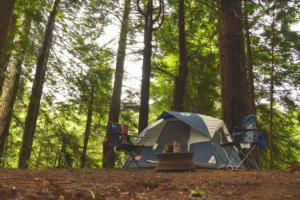
6. Miscellaneous Items:
- Backpack or daypack: Carry essentials for day hikes or excursions away from camp.
- Campsite entertainment: Bring books, games, or musical instruments for leisure time around the campfire.
- Trash bags: Leave no trace by packing out all trash and waste.
- Camera or smartphone: Capture memories of your outdoor adventures with photos and videos.

Pro Tip: I have a spreadsheet that I print off prior to every camping trip, broken into categories, to ensure when we as a family go camping we have everything we need!
Conclusion: By following your own personal gear checklist, you’ll be well-equipped for your next camping trip. Remember to tailor your packing list based on the specific destination, activities, and duration of your adventure. With the right gear in tow, you can relax and enjoy all that nature has to offer on your outdoor getaway.









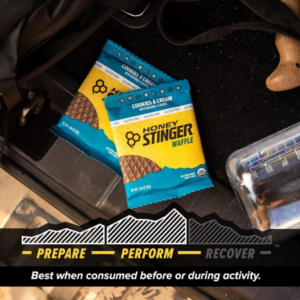

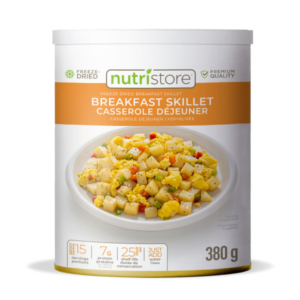

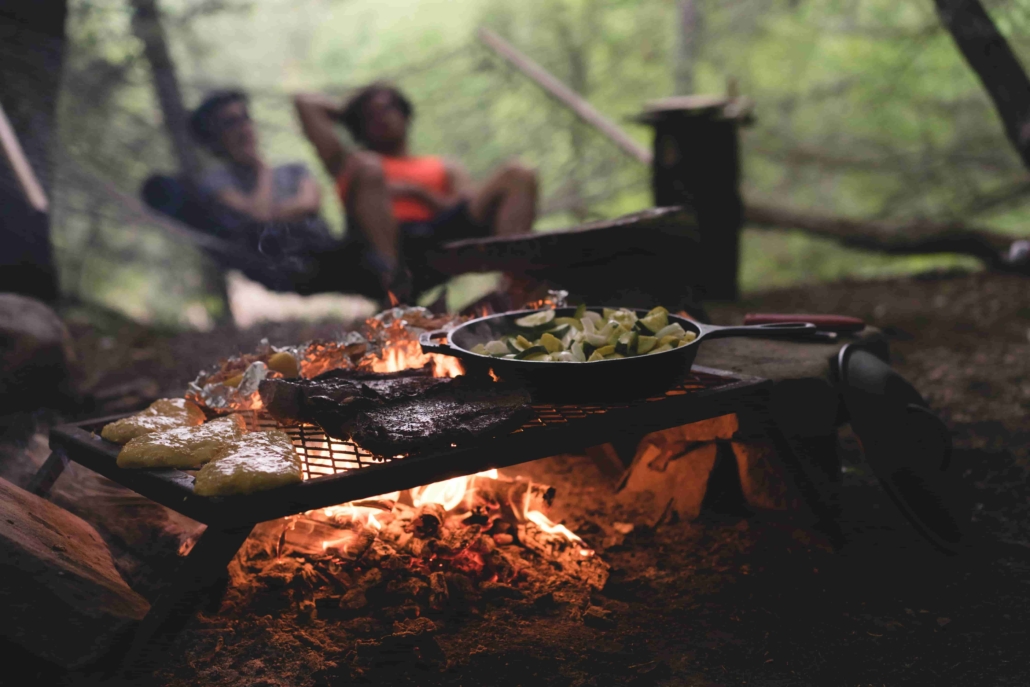
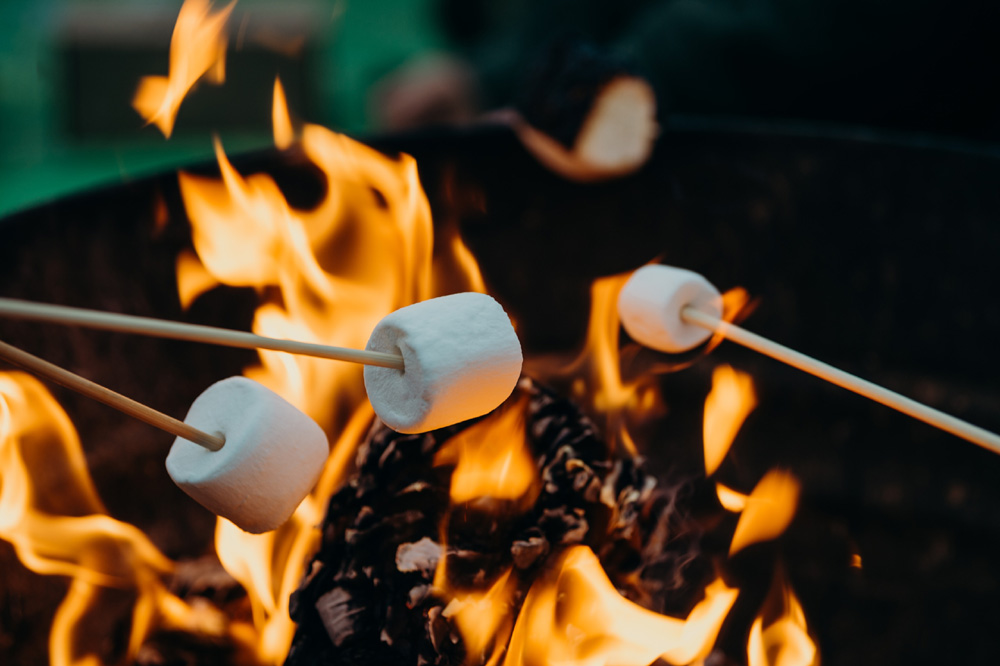


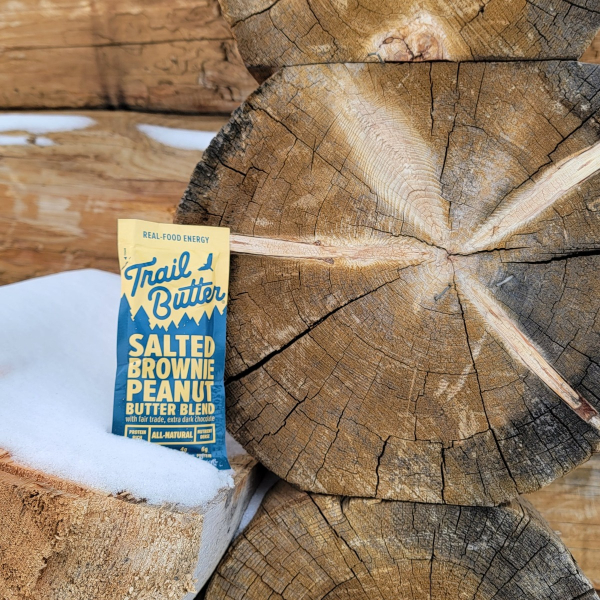


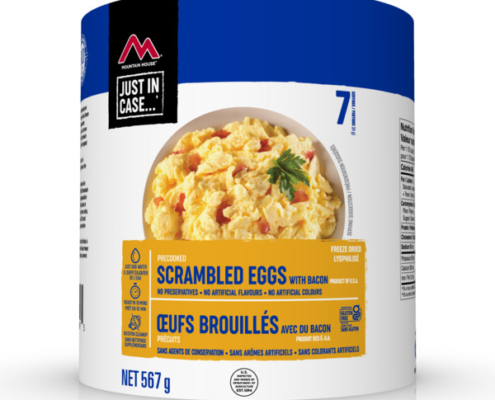

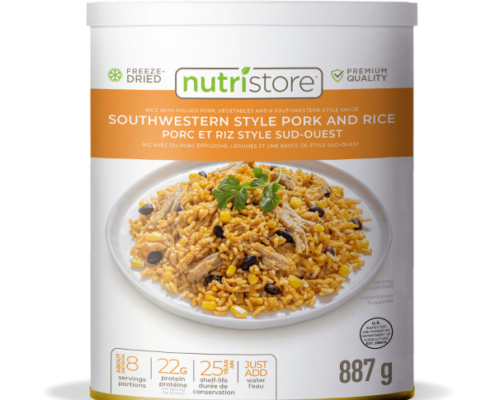

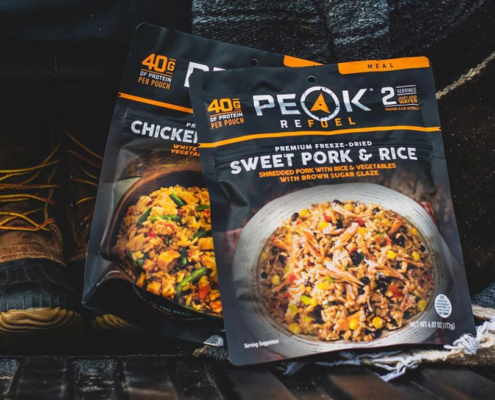
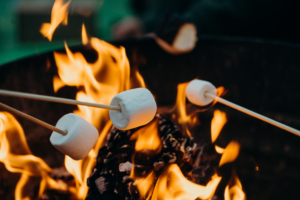


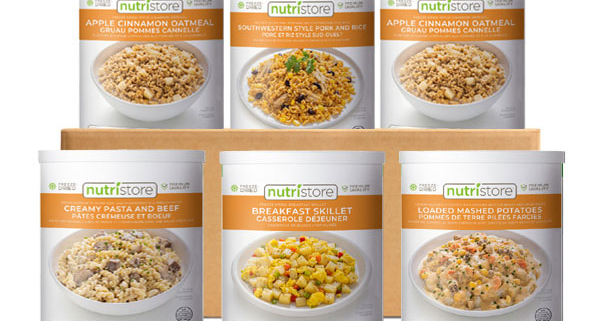



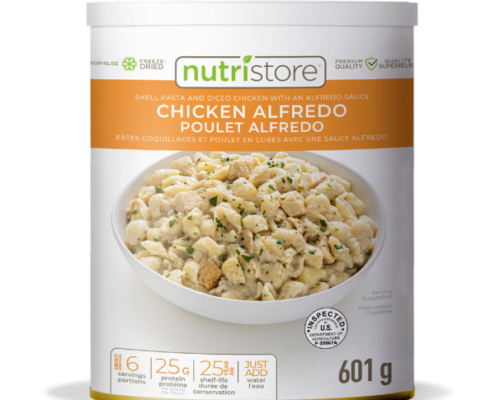
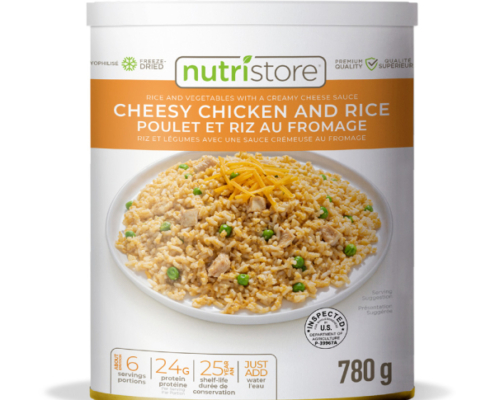


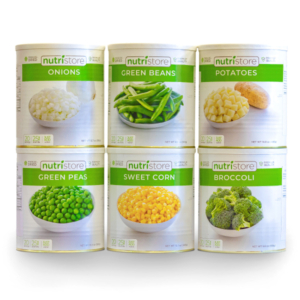




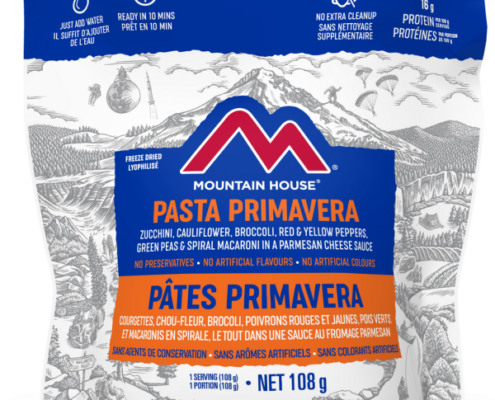
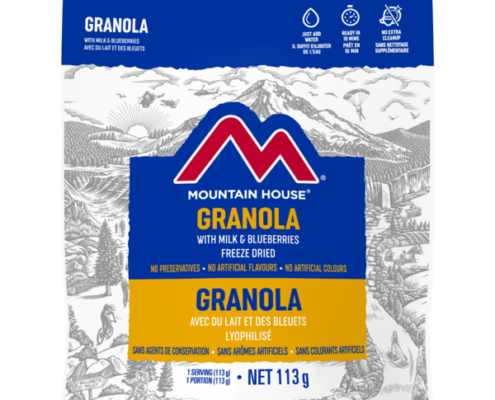

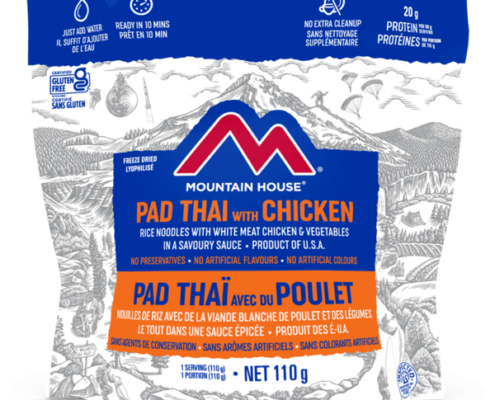



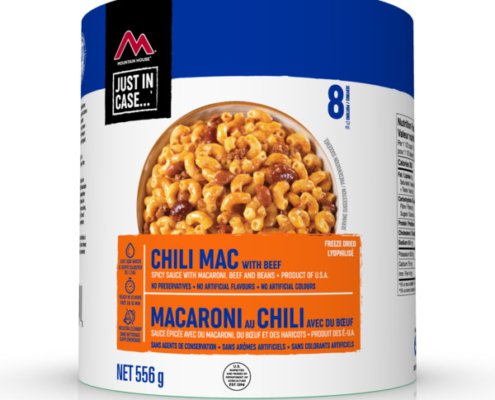
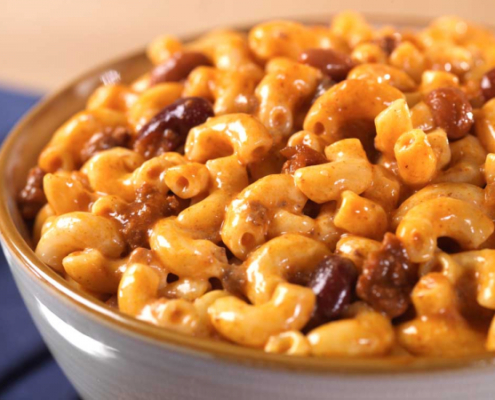
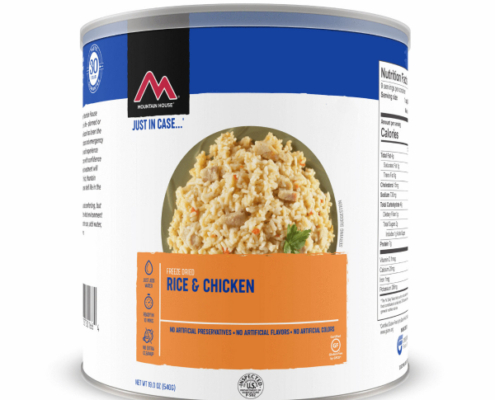


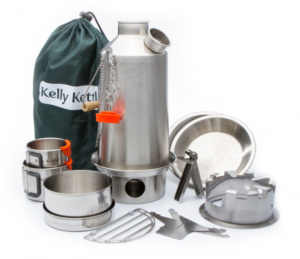


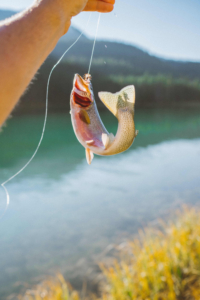 include:
include: